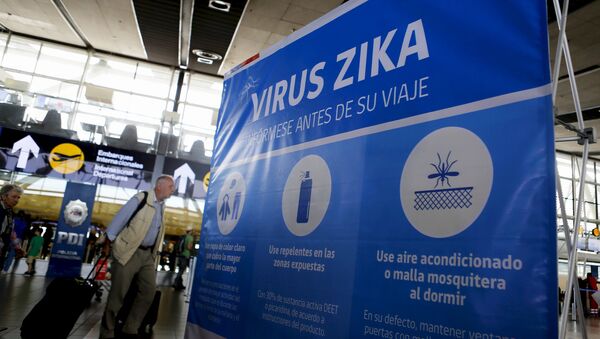The scientists developed simple paper sticks that use so-called monoclonal antibody pairs to determine if a person is infected with either of the deadly viruses. The test is designed to be used in developing countries, and its current cost does not exceed $5.
“This test works in a very similar way as a typical pregnancy test. There are some antibodies attached to monoclonal particles and that causes the test to give a red line or not,” said Dr. Helena de Puig from the mechanical engineering department of MIT.
She further spoke about how the test works and its accuracy in diagnosing the viruses.
The test is viewed as a considerable breakthrough in diagnostics, as it helps distinguish between the four serotypes of dengue virus and Zika virus.
Talking about where these viruses are mostly found, the expert said that these viruses are transmitted by mosquitoes so the high risk areas are tropical or sub tropical regions.
“Central and a little bit of Northern and South America. It also goes from India to the whole subcontinent and also to Africa,” Puig said.
“The next step for us would be setting up the manufacturing of these tests and then the clinical trials. It means that we will be testing with a lot of people and we will make sure that numbers in performance of the test are correct,” Puig said.
The team, including medical practitioners from India, Spain, Columbia and the United States, published a research report on the new diagnostic method in the Science Translational Medicine journal.
More than a quarter of the world’s population is at risk of dengue, while the Zika virus has gained global attention since 2015 when it hit Brazil, leaving thousands of babies suffering congenital pathologies.



